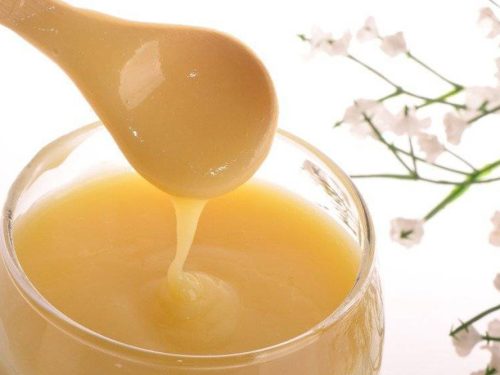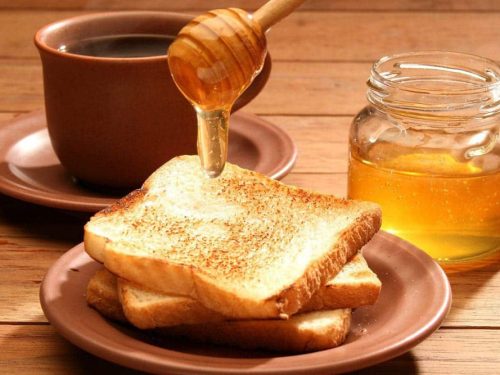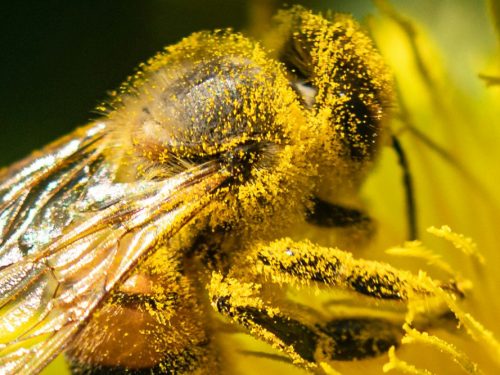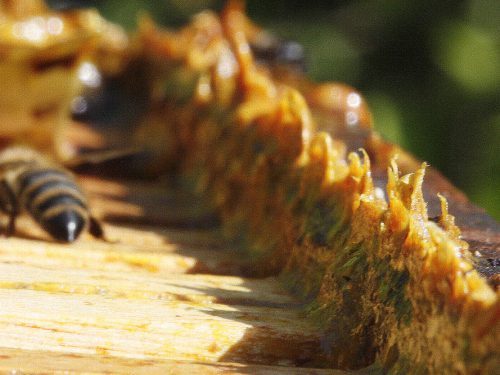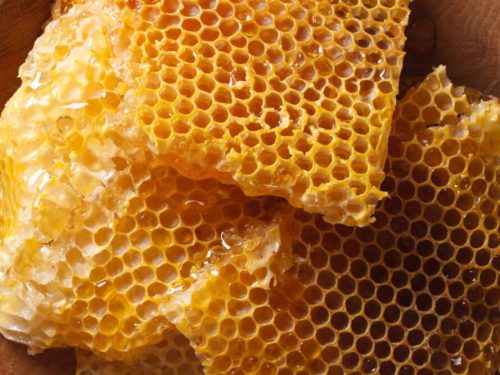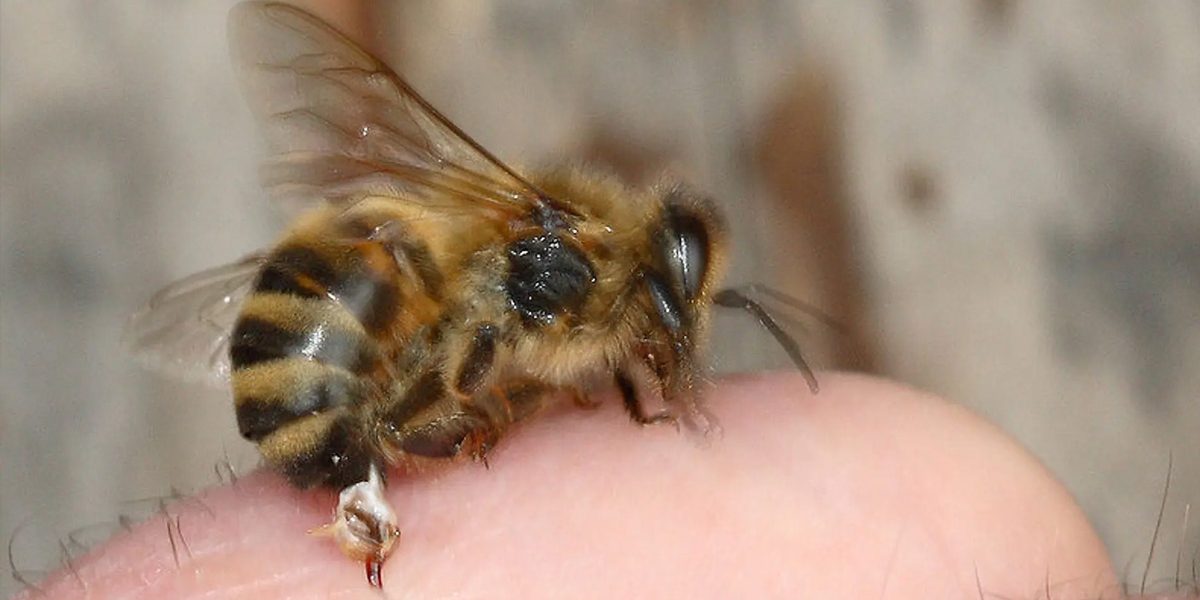
Mnogi su na sopstvenoj koži osetili kako pčele umeju da se brane. Za razliku od neki srodnih insekata iz istoga roda pčele imaju mogućnost da ubodu one koji ih ugrožavaju i to čine žaokom koju se ne ustručavaju da upotrebe. Možda jedan ubod i nije puno ali jedan ubod budi ostale pčele koje svoju zajednicu onda brane masovnim napadom i ubadanjem neprijatelja te tako mogu savladati i neprijatelje mnogo veće od sebe.
Postoji legenda da je bog, na molbu pčele da joj da žaoku i moć da kada nekog ubode taj umre, pčeli dao žaoku ali, izrevoltiran željom pčele da nekoga ubije, baci usud na pčelu da kada ubode žaokom nekog ne umre taj već pčela. Naime, stvar je u tome što je pčelinja žaoka povezana sa abdomenom i za razliku od npr. ose čija je žaoka kao igla pčelinja žaoka je u obliku koplja te kada nekog ubode ista ostaje u koži a pčela posle uboda odleće bez žaoke i donjeg dela abdomena. U tom stanju pčela može da živi još veoma kratko.
Što se tiče pčelinjeg otrova moramo napomenuti da ga pčela proizvodi u žaočnom aparatu koji u proseku sadrži oko 0,3 miligrama otrova. Sam otrov je tečnost žućkaste boje, gorkog ukusa, kisele reakcije i karakterističnog mirisa. U sadržaj pčelinjeg otrova ulaze voda, belančevine, peptidi, histamin, dopamin, enzimi, amini i još veliki broj supstanci.
Kao lekovit sastojak bio je poznat još antičkim Grcima a danas se koristi kod upalnih oboljenja mišića i zglobova (reuma, išijas) ali i kod nekih amiotrofičnih autoimunih bolesti. Kod nekih ljudi ubod pčele može dovesti do snažne alergijske reakcije organizma koja može da ugrozi i život, te takve osobe moraju izbegavati svaki kontakt sa pčelama osim sa trutovima koji ne mogu da ubodu jer nemaju žaoku. I pored navedenog pčela zaslužuje svu našu ljubav.

